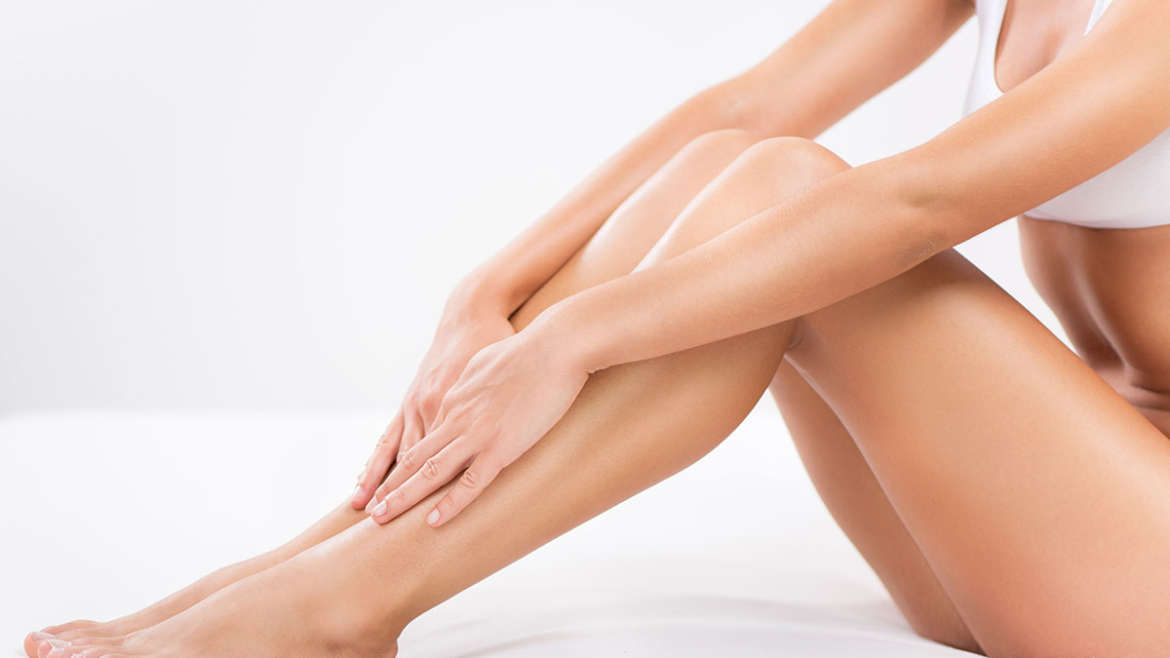PRP Platelet-Rich Plasma Treatments (Podcast)
Dr. Elizabeth Roche, founder of the Elizabeth Roche, MD Med Spa in Bergen County, New Jersey, discusses PRP, platelet-rich plasma treatments. MD Med Spa is a medical aesthetics center committed to providing people with advanced procedures to restore youth and preserve beauty.
John Maher: Hi. I’m John Maher, and I’m here today with Dr. Elizabeth Roche, founder of the Elizabeth Roche, MD Med Spa in Bergen County, New Jersey, a medical aesthetics center committed to providing people with the most advanced procedures available to restore youth while preserving the beauty and functional health of your skin.
Today our topic is PRP, platelet-rich plasma treatments. Welcome Elizabeth.
Elizabeth Roche: Thank you, John. Thanks for having me back.
What is Platelet-Rich Plasma (PRP)?
John: Sure. So, what is platelet rich plasma, Elizabeth? Or PRP?
Elizabeth: Platelet rich plasma is a therapy which is a form of regenerative medicine that harnesses the body’s natural healing abilities and amplifies the growth factors that the body uses to heal tissue. Plasma is the liquid portion of whole blood. It is composed largely of water and proteins, and it enables your red blood cells and white blood cells and platelets to circulate throughout the body.
The platelets in the plasma are a type of blood cells that in addition to its clotting properties, they are necessary for growth and healing. So, platelets play a key role in the body’s natural healing process, and we’re able to use that to help regenerate skin.
John: Okay, and what is it that a PRP treatment is used for?
Elizabeth: Yeah, this is a really interesting history of PRP, and we use it to regenerate skin and to help with the overall appearance of skin and fine lines. But platelet rich plasma therapy was initially used in orthopedic medicine. It was used to accelerate the healing of injured tendons and ligaments and muscles and joints, so it was injected into the joints or into the areas.
But more recently, PRP injections are used in the aesthetic fields using the body’s natural healing mechanisms to regenerate collagen in the skin, and ultimately the skin’s appearance. It’s also used for treating angiogenic male pattern baldness or loss of hair to stimulate hair growth.
PRP Combined With Other Treatments
John: Okay, that’s interesting. Can I use a PRP treatment in combination with other treatments, as well?
Elizabeth: Yes. PRP is used in combination with other treatments very often, and it actually provides the best results of these other treatments when used in conjunction. A very popular treatment to do with PRP is microneedling. Microneedling is a treatment that uses tiny oscillating needles to create small punctures in the skin’s surface. These punctures alone stimulate the body to heal. It causes an injury, and the body responds by healing and making new collagen. And sometimes just serums are infused in these small little punctures or channels, but when you infuse PRP into these channels, the results are amazing.
We can also use PRP right after laser resurfacing treatments, which the skin at that point is bladed, it’s raw, so we infuse the PRP on the surface and this not only shortens the healing time, but the results are just amazing, beautiful, soft, smooth, tight skin.
We can use PRP in conjunction with dermal fillers and Botox. We do that all the time. And when we administer PRP in conjunction with these treatments, one just enhances the other. So patients who are younger, maybe they only need PRP treatments, let’s say we’re injecting it under the eyes for hollowing of the eyes, but sometimes patients who are older may need a little bit of dermal filler in addition to the PRP. So after a consultation, I’ll make a recommendation of who could just use the PRP or who needs them in conjunction with other filling modalities.
Purpose of PRP
John: Okay, and you said that the PRP treatment stimulates collagen growth in your body and your skin, so the point there would be to restore that elasticity and firmness of the skin. Is that right?
Elizabeth: That’s absolutely right, yes. Just as it helps the collagen or the proteins that are deeper in, let’s say that the joints, orthopedics, it’s targeting the dermal collagen. So once you rejuvenate that, once you give it a little extra boost to heal, your skin creates new collagen, creating lifting, tightening, reduction of wrinkles, and it’s a really nice natural way to restore the skin.
The PRP Process
John: And do you actually harvest the plasma from my blood right there in your office?
Elizabeth: Yes. It’s a very easy process. I sterilely take your blood just as it is taken when you’re having routine blood work done on your yearly checkup. Either one or two vials are obtained, depending on the areas to be treated. The vials are then placed into a centrifuge and they’re spun to separate the components of the blood. So the red blood cells drop to the bottom of the vial, there’s a thin layer of white blood cells, and then the liquid plasma, which is a yellow color, sits on top. I then transfer the plasma into syringes to be injected into the areas that need to be treated.
The PRP can be injected into areas that have like loss of volume as I mentioned, like under the eyes or fine lines around the eyes or the horizontal neck lines, or it can be injected in very small aliquots all over the face for overall skin rejuvenation or in conjunction with the other treatments such as microneedling and laser peels, as I had mentioned earlier.
Results of PRP
John: Okay, and how long did the effects of a PRP treatment last?
Elizabeth: The results are subtle and gradual. Improvement will be seen in about four to six weeks, with the maximum effects noted at about six months. The results last about a year if your skin is in good condition, so therefore one to two treatments a year are recommended for collagen rejuvenation for continued effect, because you don’t ever want to wait for it to go back down to baseline. So you don’t want to wait for that whole year to go by, so we recommend maybe two treatments. Or a patient who has good skin starting at a good baseline, the number of treatments will depend on the starting point.
Younger patients needing only one treatment, but an older patient with moderate to severe skin aging may need more than one treatment. A patient who has not taken care of their skin in the past may need a series of four to six treatments spaced four weeks apart in order to get them to their desired goals. For the average middle-aged patient who’s taken care of their skin, the best results are obtained with two to three treatments done every three to four months.
For treating androgen hair loss or the male pattern baldness, treatments are recommended once a month for about four to six months, and you repeat this cycle once a year. So let’s say it’s a four to six month period of getting the treatments, and then a six month period without the treatments.
John: All right, that’s really great information, Elizabeth. Thanks again for speaking with me today.
Elizabeth: Oh, you’re welcome. I really enjoy doing PRP treatments. They’re very popular treatments for patients who may not want dermal fillers or other types of invasive treatments. So I highly recommend trying PRP at least once, and most patients who do are very happy with the outcome.
John: All right, great. And for more information about PRP or other treatments, visit the website at elizabethrochemedspa.com or call (201) 505-1020.

